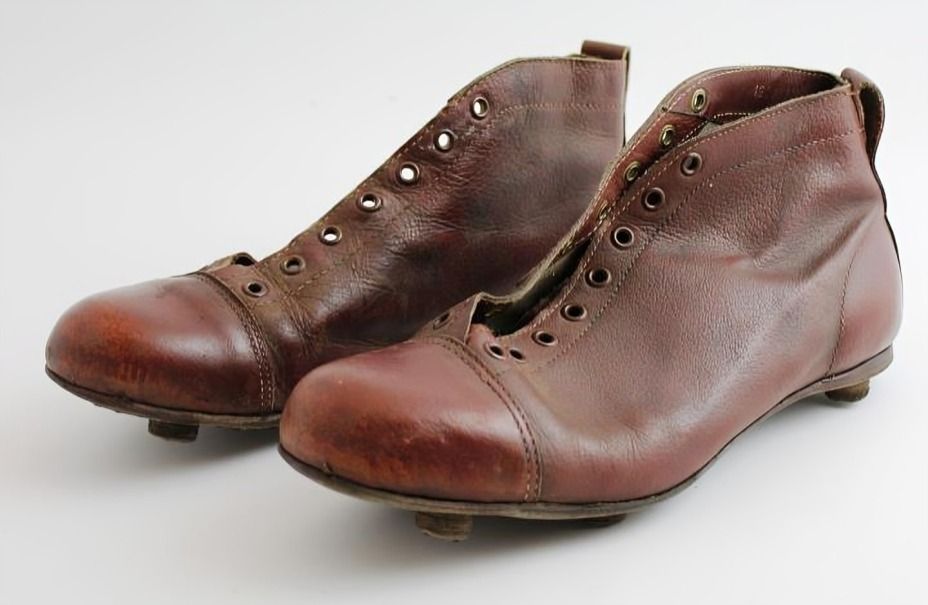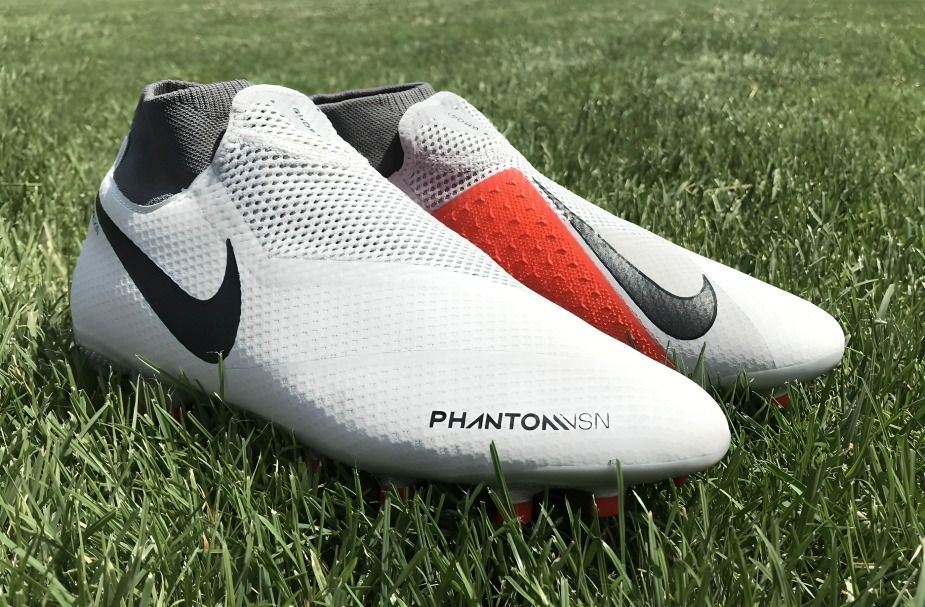
Football boot evolution has closely followed the progression of the sport itself. What began as simple, sturdy leather footwear has evolved into a high-performance tool designed to provide optimal grip, speed, and control on the pitch. This article reveals 20 Interesting Facts About Football Boot Evolution, showcasing the innovations that have shaped their development, whether it's the addition of cleats for better traction or the use of lightweight materials for faster movement. 1

The first football boots were made in the 16th century and were crafted from leather. They often had a pointed toe and were used primarily by the upper classes, reflecting the sport's early association with nobility.
In the 1860s, the first known football boots with studs were introduced, providing better grip on the field. These boots were often handmade, with metal or leather studs attached for traction. 2
By the 1880s, the standard football boot began to take shape. Players favoured a design that offered ankle support, leading to the rise of higher-cut boots, which became more common in the sport. 3
The 1920s saw the introduction of the first synthetic materials in boot design. These materials, such as rubber, offered improved durability and water resistance, paving the way for modern boot technology. 4

In 1954, Adidas released the Samba model, which became one of the first football boots specifically designed for playing on indoor surfaces. This innovation catered to the growing popularity of futsal and indoor football.
The iconic Copa Mundial, launched by Adidas in 1979, is one of the best-selling football boots ever. Its classic design and premium kangaroo leather have made it a player's favourite for decades. 5
The 1990s marked a shift towards lighter materials, with brands experimenting with synthetic fabrics and carbon fibre. This trend focused on enhancing speed and performance as players sought every advantage on the pitch. 6
Nike revolutionized football boot design in 1998 with the launch of the Mercurial line. These boots were designed to be ultra-lightweight, enabling faster movement and a more responsive feel during play. 7

In 2006, the Adidas Predator Absolute brought advanced technology into the boot, including "strike flex" zones. This innovation improved ball control and shooting accuracy, appealing to creative players.
The rise of personalized boots began in the 2010s, with brands offering custom designs. Players like Cristiano Ronaldo and Lionel Messi have unique models tailored to their preferences, reflecting their style and performance needs. 8
3D printing technology in boot design has emerged in recent years., which allows for customized fits and features, ensuring that players can optimize comfort and performance on the field. 9
The concept of "sock boots" gained popularity in the mid-2010s, with models like the Nike Magista and Adidas Ace featuring integrated sock-like collars. This design provides a seamless fit and additional ankle support. 10
Women's football boots have seen significant advancements, with brands developing models specifically designed for female athletes. These boots offer improved fit and performance features tailored to the needs of women players.11
In 2014, Adidas introduced the "Brazuca" World Cup ball alongside a special Adizero boot designed to complement its unique features. This collaboration aimed to enhance player performance during the tournament. 12
The trend towards environmentally friendly materials is growing in football boot production. Brands increasingly use recycled materials and sustainable practices, responding to consumer demand for eco-conscious products. 13
Brands now employ advanced testing technologies, such as biomechanics and motion capture, to analyze how boots affect player performance. This data-driven approach has led to more refined designs and improved athletic outcomes14

In 2018, the launch of the Nike Phantom Vision introduced a focus on ball control, featuring a textured upper for enhanced grip. This innovation aimed to cater to the technical demands of modern football.
Retro football boots have made a comeback, with brands re-releasing classic models. Nostalgia plays a significant role, as players and fans seek to connect with the sport's history through iconic designs.15
The popularity of street football has influenced boot design, leading to the creation of hybrid models. These boots are versatile for both pitch and street play, accommodating the diverse playing styles of urban footballers. 16
The integration of smart technology in football boots is on the horizon, with prototypes featuring sensors to track performance metrics. This innovation could revolutionize training and match preparation for players at all levels. 17